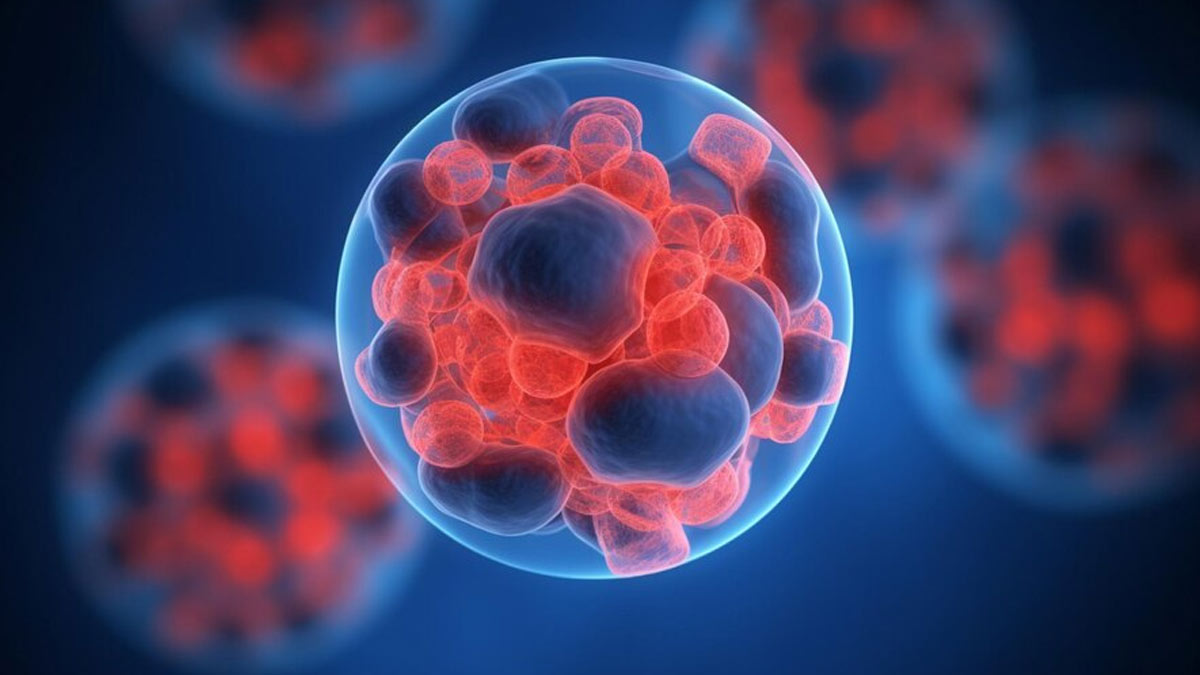
Human Papillomavirus (HPV) is commonly associated with sexual transmission. But did you know that there are lesser-known ways that HPV infections can occur. Understanding these pathways is crucial for prevention and awareness, because HPV is a major risk factor for cervical cancer.
Table of Content:-
According to the World Health Organisation, in 2019, HPV caused 6,20,000 new cancer cases in women and 70,000 new cancer cases in men globally. Such high numbers clearly indicate that people need to have a heightened awareness of HPV. In that spirit, here are some surprising places where HPV infections can happen beyond sexual contact.
Sharing Personal Items
Sharing personal items like razors, towels, and sex toys, or intimate clothing can also lead to HPV transmission. The virus can survive on surfaces for varying periods, making it possible to contract HPV from shared items, especially if they come into contact with an infected person's skin or bodily fluids.

Childbirth
Mothers infected with HPV can transmit the virus to their babies during childbirth. This is known as perinatal transmission and can result in respiratory papillomatosis, a condition where warts develop in the respiratory tract of the child, according to the National Organisation for Rare Disorders.
Tattooing, Body Peircing, And Dental Work
Certain surgical procedures involving the skin or mucous membranes can pose a risk of HPV transmission if proper sterilisation protocols are not followed. This includes procedures like tattooing, body piercing, and even dental work if instruments are not adequately sterilised between patients.
Non-Sexual Intimate Contact
HPV can be transmitted through non-sexual intimate contact, such as deep kissing or close physical contact with an infected person's genitals. While the risk is lower compared to sexual contact, it's essential to be aware of these possibilities.
Also Read: Cervical Cancer Awareness: Tips To Maintain Genital Hygiene To Prevent Or Manage HPV

Environmental Surfaces
HPV can survive on environmental surfaces, particularly in warm and moist environments. This means that public places like swimming pools, gyms, and shared recreational areas can potentially harbour the virus, although the risk of transmission through these routes is relatively low and in no way serves as a ground for discrimination.
Autoinoculation
Autoinoculation occurs when an individual spreads HPV from one part of their body to another. For example, touching a wart on the genitals and then touching the face can transfer the virus to a new location, leading to warts or infections in different areas, and increase probability of transmission.
Preventing HPV Transmission
Preventing HPV transmission goes beyond practising safe sex. Here are some tips to reduce the risk of HPV infection:
- Practice good hygiene, including regular handwashing with soap and water.
- Avoid sharing personal items like razors, towels, and clothing.
- Ensure proper sterilisation of medical equipment during procedures.
- Discuss HPV vaccination with your healthcare provider, as vaccines are available to protect against certain strains of the virus.
- Be aware of potential HPV transmission routes and take precautions accordingly.
Also Read: Can You Get The Human Papillomavirus (HPV) Vaccine If You Already Have The Infection?
By understanding the various ways in which HPV can spread beyond sexual contact, individuals can take proactive steps to minimise the risk of infection and protect their health. Education, awareness, and preventive measures play key roles in combating HPV infections and promoting overall well-being.
Also watch this video
How we keep this article up to date:
We work with experts and keep a close eye on the latest in health and wellness. Whenever there is a new research or helpful information, we update our articles with accurate and useful advice.
Current Version